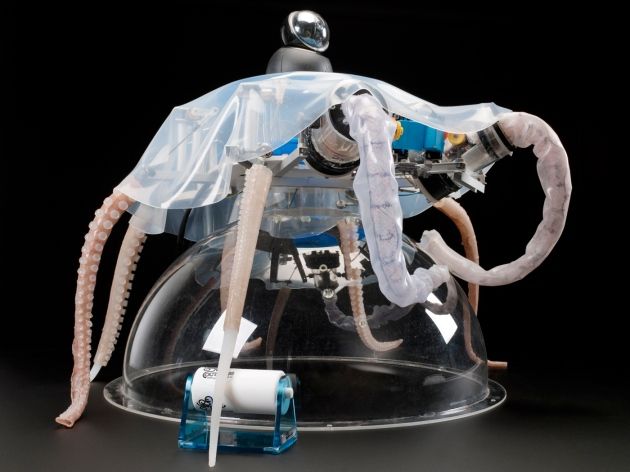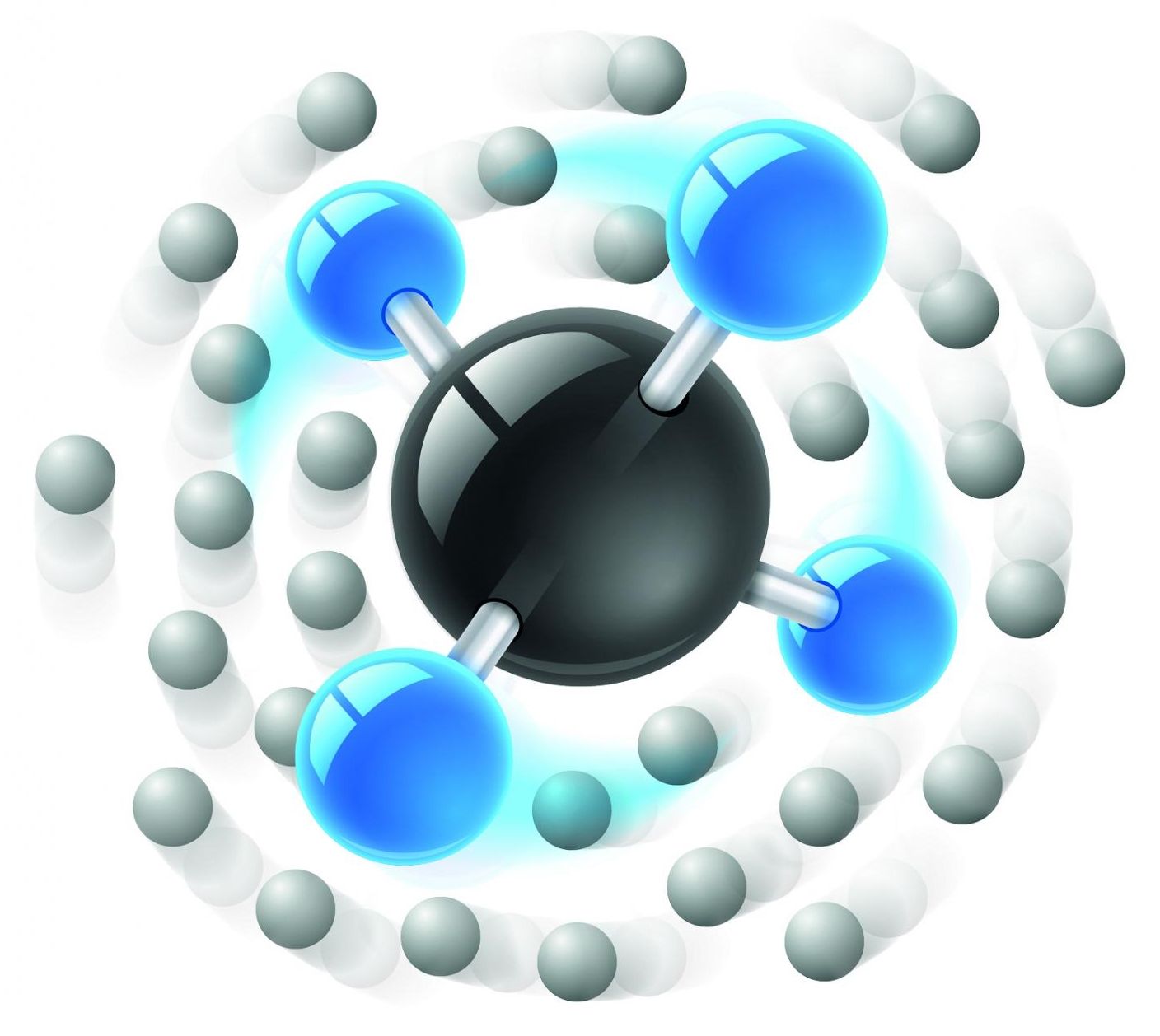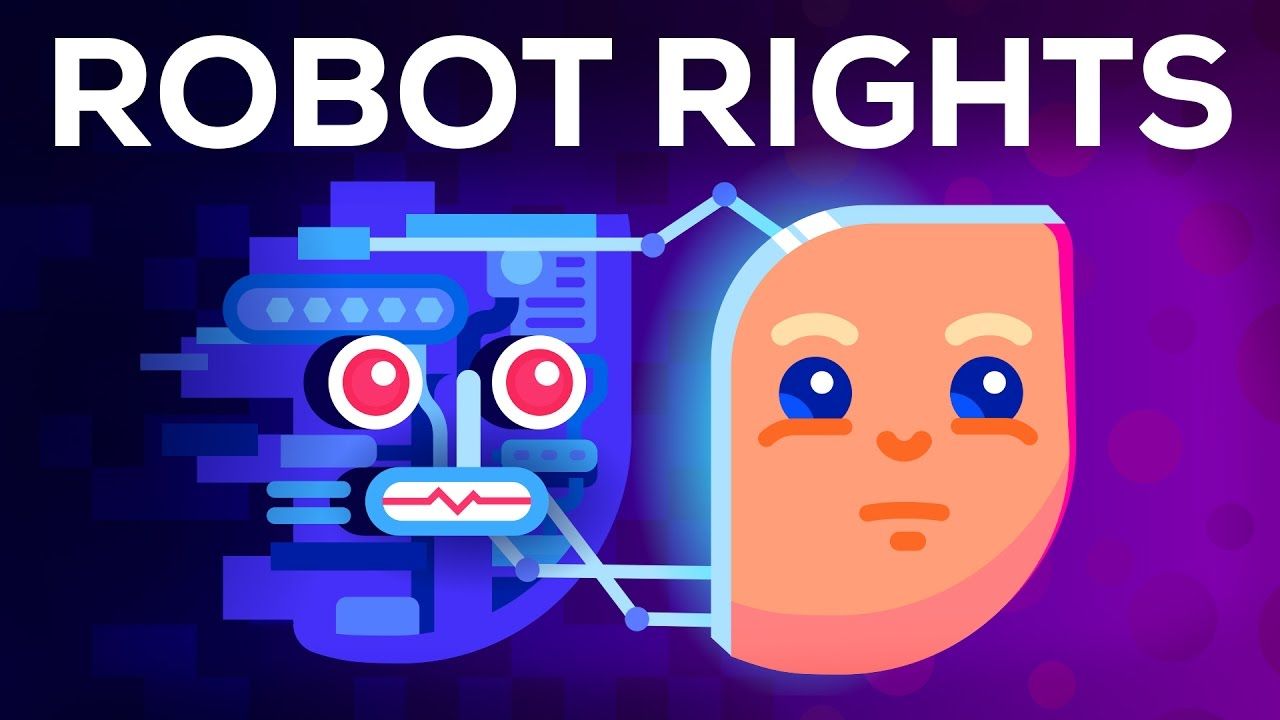Feb 28, 2017
US approves 3 types of genetically engineered potatoes
Posted by Dan Kummer in categories: biotech/medical, food, genetics
BOISE, Idaho (AP) — Three types of potatoes genetically engineered to resist the pathogen that caused the Irish potato famine are safe for the environment and safe to eat, federal officials have announced.
The approval by the U.S. Environmental Protection Agency and the U.S. Food and Drug Administration late last week gives Idaho-based J.R. Simplot Company permission to plant the potatoes this spring and sell them in the fall.
The company said the potatoes contain only potato genes, and that the resistance to late blight, the disease that caused the Irish potato famine, comes from an Argentine variety of potato that naturally produced a defense.
Continue reading “US approves 3 types of genetically engineered potatoes” »


















